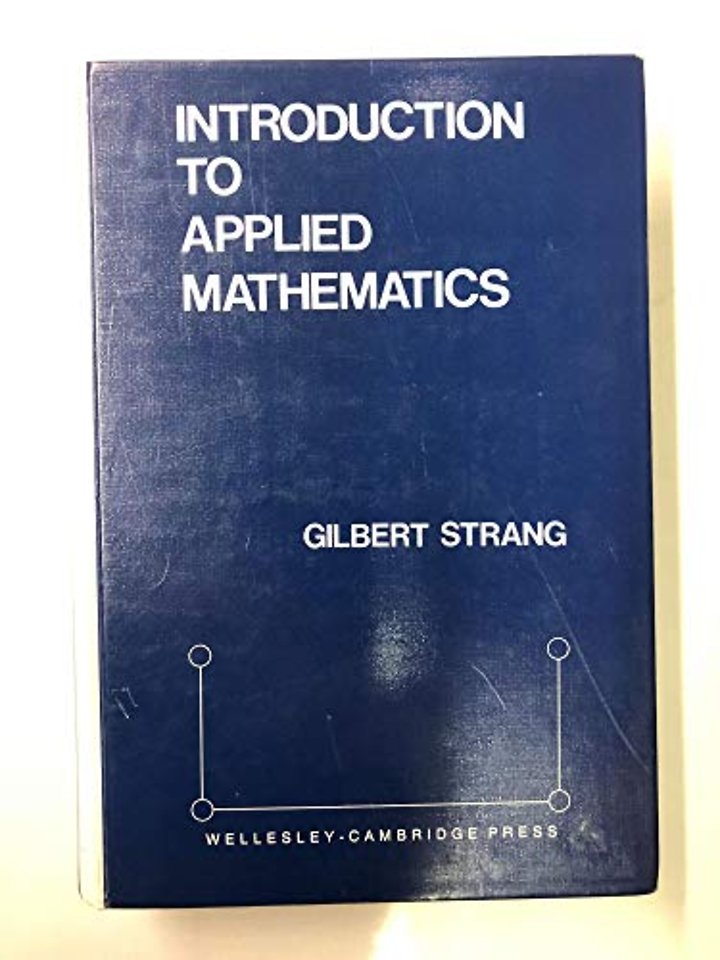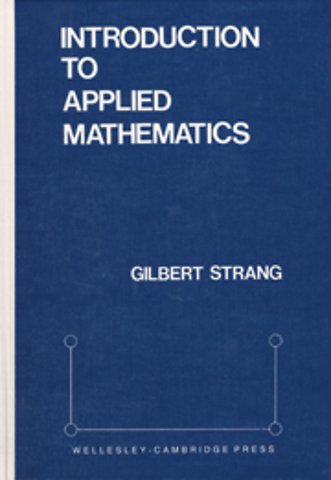1. Symmetric Linear Systems: 1.1 Introduction; 1.2 Gaussian elimination; 1.3 Positive definite matrices; 1.4 Minimum principles; 1.5 Eigenvalues and dynamical systems; 1.6 A review of matrix theory; 2. Equilibrium Equations: 2.1 A framework for the applications; 2.2 Constraints and Lagrange multipliers; 2.3 Electrical networks; 2.4 Structures in equilibrium; 2.5 Least squares estimation and the Kalman filter; 3. Equilibrium in the Continuous Case: 3.1 One-dimensional problems; 3.2 Differential equations of equilibrium; 3.3 Laplace's equation and potential flow; 3.4 Vector calculus in three dimensions; 3.5 Equilibrium of fluids and solids; 3.6 Calculus of variations; 4. Analytical Methods: 4.1 Fourier series and orthogonal expansions; 4.2 Discrete Fourier series and convolution; 4.3 Fourier integrals; 4.4 Complex variables and conformal mapping; 4.5 Complex integration; 5. Numerical Methods: 5.1 Linear and nonlinear equations; 5.2 Orthogonalization and eigenvalue problems; 5.3 Semi-direct and iterative methods; 5.4 The finite element method; 5.5 The fast Fourier transform; 6. Initial-Value Problems: 6.1 Ordinary differential equations; 6.2 Stability and the phase plane and chaos; 6.3 The Laplace transform and the z-transform; 6.4 The heat equation vs. the wave equation; 6.5 Difference methods for initial-value problems; 6.6 Nonlinear conservation laws; 7. Network Flows and Combinatorics: 7.1 Spanning trees and shortest paths; 7.2 The marriage problem; 7.3 Matching algorithms; 7.4 Maximal flow in a network; 8. Optimization: 8.1 Introduction to linear programming; 8.2 The simplex method and Karmarkar's method; 8.3 Duality in linear programming; 8.4 Saddle points (minimax) and game theory; 8.5 Nonlinear optimization; Software for scientific computing; References and acknowledgements; Solutions to selected exercises; Index.

